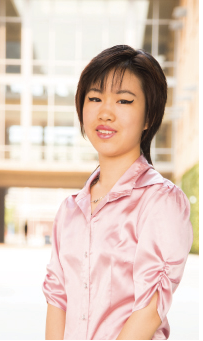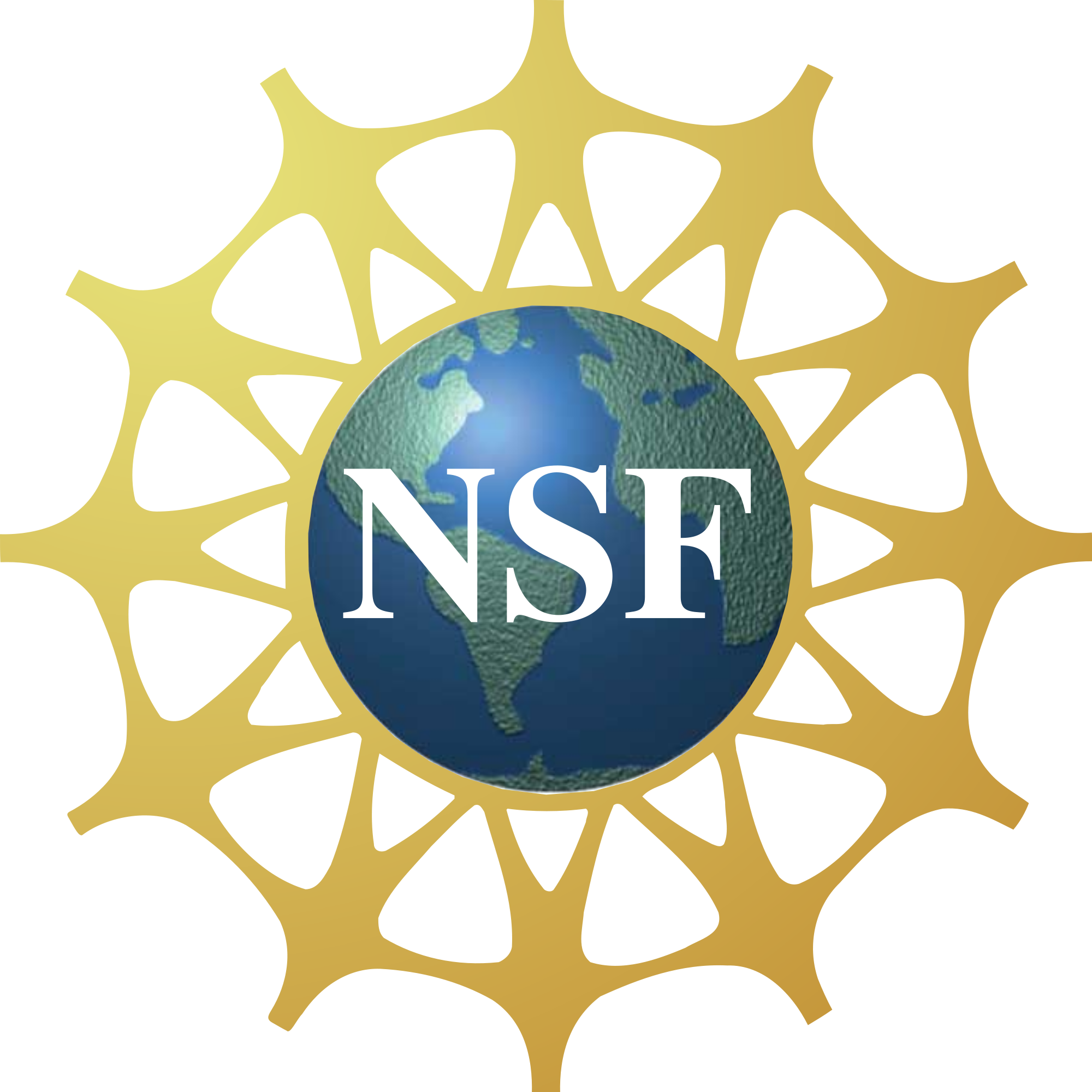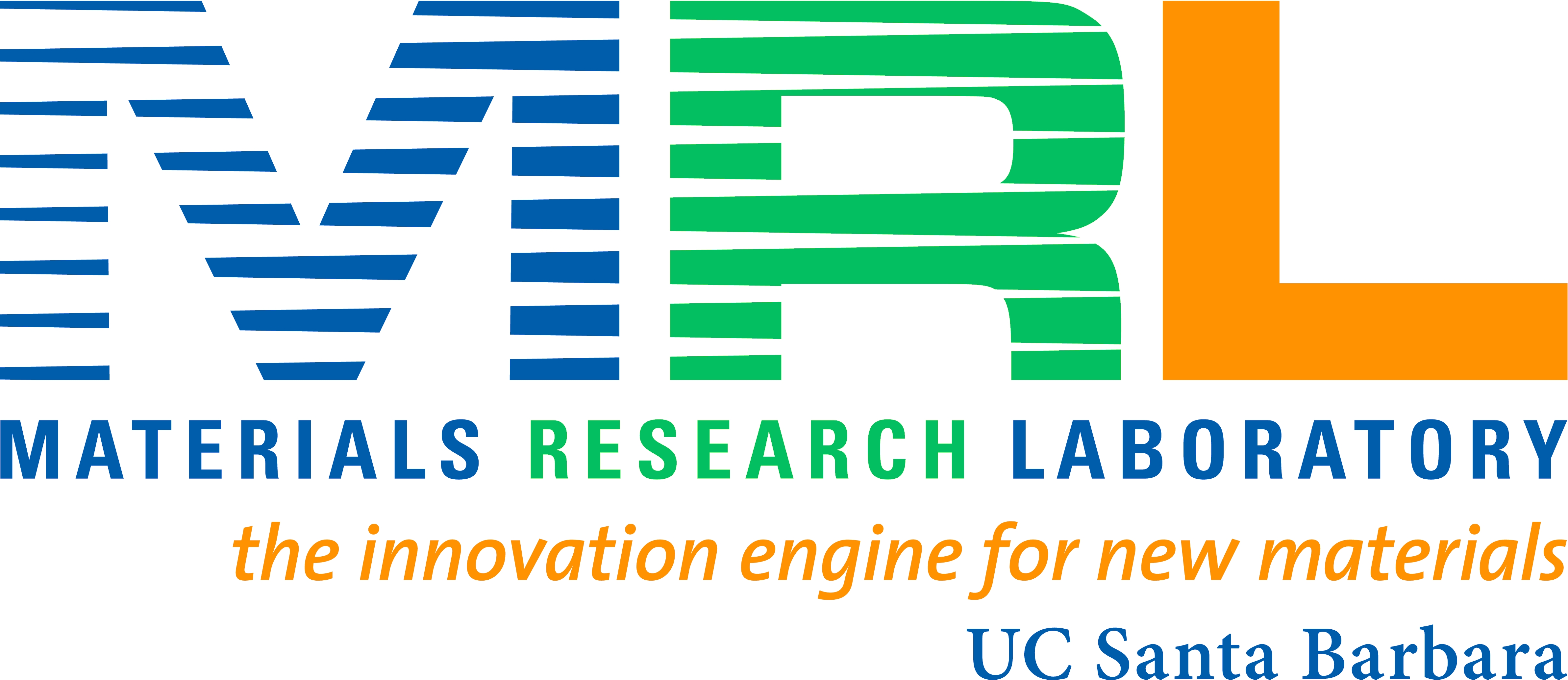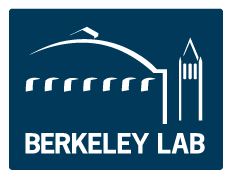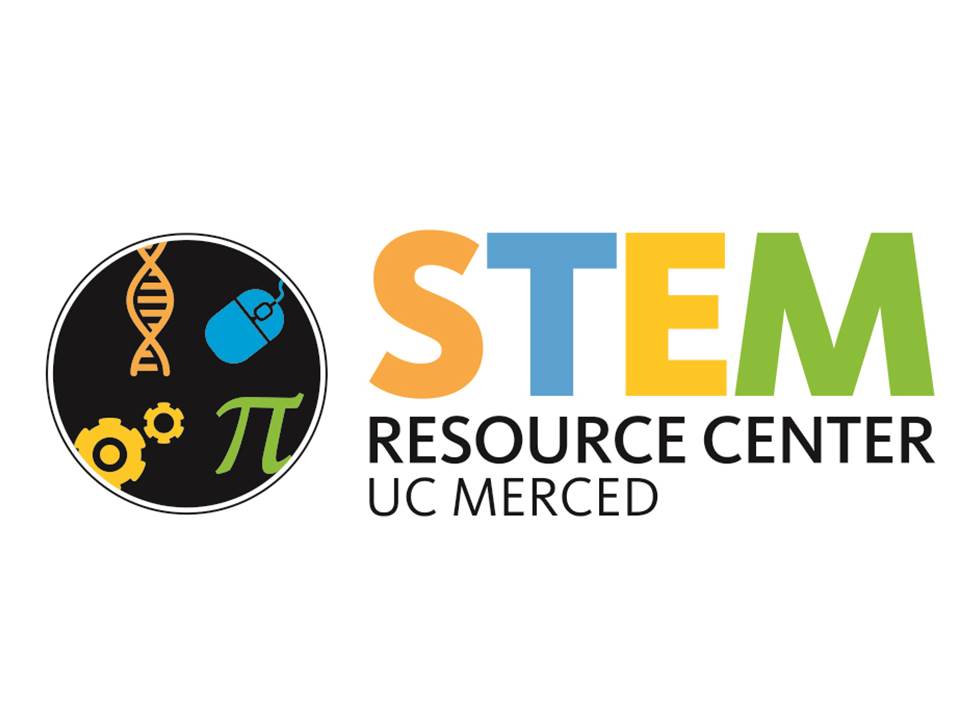CREST Scholar and Ghosh lab member, Brenda Yu, received the Best Oral Presentation in the Nanoscience category at the 2019 Emerging Researchers National Conference in STEM (ERN). Congratulations, Brenda!
Biophysical Modeling of Nanoparticles for Localized Drug Delivery with Focused Ultrasound
Brenda Yu - University of California, Merced
Co-Author(s): Sunmee Park, Stanford University; Raag D. Airan, Stanford University
"Focused ultrasound (FUS) enables noninvasive modulation of the central nervous system by targeting millimeter-sized regions of the cortical and sub-cortical brain. We have synthesized ultrasound-sensitive nanoparticles (NPs) to encapsulate small, hydrophobic neuromodulators. Recent data has shown that our NPs deliver pharmacological drugs when paired with FUS to the desired region of the brain with targeted accuracy. However, the mechanism of these NPs is unknown. The aim of the study was to create a biophysical model to characterize the NP drug-uncaging behavior and determine their safety in drug delivery. We hypothesized NPs will behave differently than previously known drug carriers while reflecting minimum acoustics after FUS sonication. Adapting a conventional mathematical model of microbubble-ultrasound interactions, we simulated the change of NP size over time with continuous sonication. Microbubbles is a tool used for imaging that fluctuates in size when FUS is applied, a behavior not shown in NPs from prior studies. The in-silico method provided a theoretical understanding of NP behavior by combining concepts of fluid mechanics and thermodynamics to model radii evolution under constant conditions. Preliminary results showed that NPs exhibited no evidence of a detectable size change during vaporization after 2 µs. We then compared the computational predictions with the frequency spectra of acoustic emissions observed during NP sonication in vitro. Blank NPs were injected through plastic tubing to simulate capillary flow and a passive cavitation detector recorded soundwaves reflected during FUS sonication. Initial evidence indicated NPs emitted minimal acoustics, which can be attributed to absorbed frequencies and reduced interactions with surrounding structures after effective drug uncaging. These results underscore the safety of NPs and FUS for targeted drug delivery by characterizing the properties of an unknown drug uncaging mechanism. Future directions include extending the simulation over a longer timeframe to further investigate NP oscillations and measure the structural damage emitted from loaded NPs. This will enable clinical translation and application of a novel neurological technique.
Funder Acknowledgement(s): This work was funded in part by the NSF-CREST: Center for Cellular and Biomolecular Machines at UC Merced (NSF-HRD-1547848), NIH/NIMH (BRAIN Initiative RF1 MH114252), the American Society for Neuroradiology, the Coulter Foundation, the Amgen Foundation, and the Dana Foundation.
Faculty Advisor: Raag D. Airan, rairan@stanford.edu
Role: I conducted the entirety of the project. I derived the mathematical model from a conventional microbubble model and applied it to the FUS-sensitive nanoparticles. I also collected and analyzed the frequency spectra of acoustic emissions from in vitro sonications."

